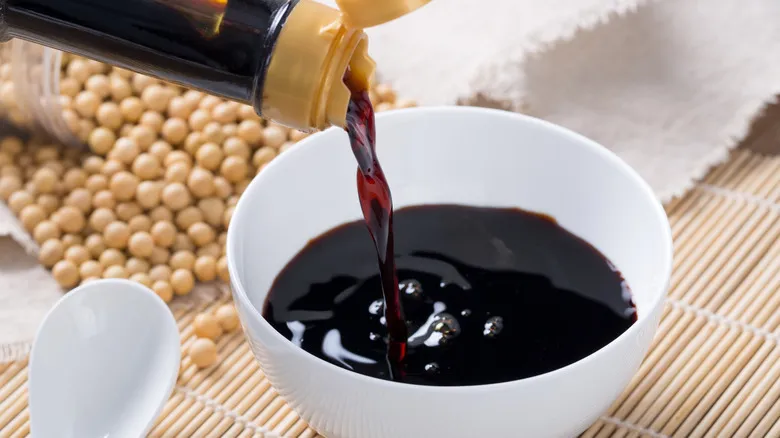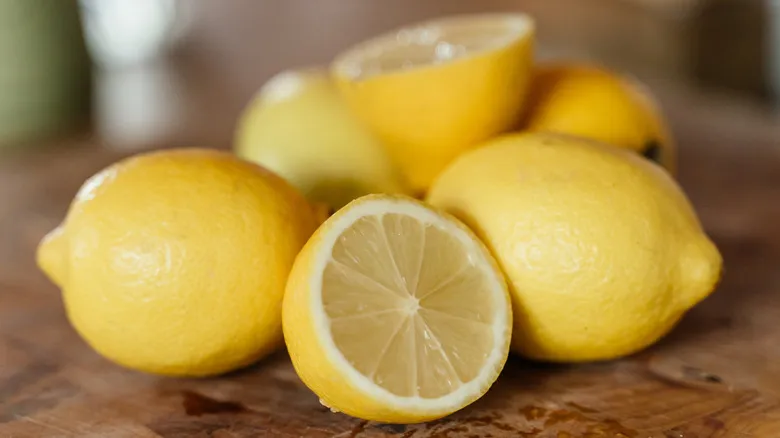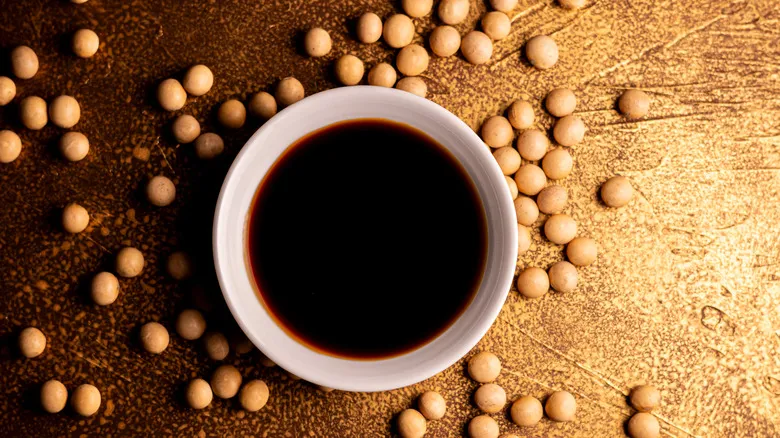Joseon, yangjo, and jin ganjang

Joseon ganjang, often referred to as guk-ganjang or soup soy sauce, is the most commonly used of the three types. Its ingredient list is quite simple, comprising only soybeans, water, and salt, which gives it a more robust flavor compared to the others.
In contrast, Yangjo ganjang includes either rice or wheat in its formulation. It also contains added yeast and undergoes a fermentation process that lasts about six months. This results in a sweeter taste, making it popular for marinating meats, though it can also be used for dipping or in any application where Joseon ganjang is utilized. However, it tends to be pricier due to its superior quality.
Lastly, jin ganjang is a chemically produced soy sauce created by blending yangjo ganjang with acid hydrolyzed soy sauce. It is considered a lower-grade option, making it more affordable than the other two. While its flavor is relatively similar to the others, it is classified as a distinct type of soy sauce due to its unique processing method. The hydrolyzed soy proteins in jin ganjang are artificially produced rather than naturally fermented, setting it apart in its production.
Recommended

How To Choose The Absolute Best Lemons For Juicing At The Store

Is Grocery Store Sushi Safe To Eat?

What's The Worst Day Of The Week To Grocery Shop?

The Popular Whole Foods Item You Should Avoid Buying
Next up

